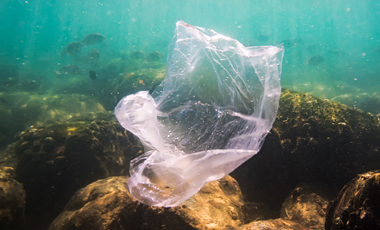

The different bioplastics and their applications: a sustainable solution for every need
The bioplastics market is booming, but not all bioplastics are created equal, nor do they all serve the same purpose.
Each industry has different needs, and fortunately, innovation in biomaterials has made it possible to develop solutions to meet those needs. From biodegradable packaging to automotive parts and agricultural applications, bioplastics are leading the way to more sustainable production.
📦 Bioplastics in containers and packaging
The packaging sector is one of the world's largest consumers of plastics. Bioplastics play a key role here, with biodegradable and compostable alternatives such as PLA (polylactic acid) derived from renewable resources such as corn or sugar cane. These materials make it possible to reduce the carbon footprint without compromising the functionality of the packaging.
🚗 Applications in the automotive industry.
Bioplastics have also found their place in the manufacture of automotive components. Brands such as Ford and BMW are already using plant-based polymers to reduce vehicle weight and improve energy efficiency. Materials such as PHA (polyhydroxyalkanoate) offer mechanical strength and biodegradability, an important balance for this industry.
🌿 Bioplastics in agriculture
The agricultural sector has begun to use bioplastics in the production of biodegradable mulch films, replacing traditional plastics that often end up contaminating soils. Plant pots and controlled nutrient release systems are also being developed, contributing to more regenerative agriculture.
💡 Innovations and challenges
Despite their benefits, bioplastics still face significant challenges. Not all materials labeled "bio" are biodegradable, and the lack of infrastructure for their proper disposal remains a challenge in many countries.
However, advances in production technologies and the push for environmental regulations are accelerating the adoption of these materials. At Landopp, we believe the key is to continue to innovate and develop solutions that truly contribute to the development of a circular economy.
The future of materials is unwritten, but one thing is certain: the plastic of the future cannot be the plastic of the past.
Source: https://www.bioeconomia.info/
#Bioplastics #Sustainability #Innovation #FutureCircular
Other related news
-
Innovation

We are helping to build more than just the alternative plastics industry.
Biomass. Logistics. Industry. Narrative. Everything is to be built.
-
Innovation

Innovation in plasticizable materials
We believe that the future doesn't need more fossil plastics, but alternatives that respect the natural cycle of life.
-
Innovation

From soccer to sustainability: The ex-footballer who turned his career into a multi-million dollar green business
In an unexpected twist, the former Premier League player found his purpose off the pitch, running a sustainability business that is now worth millions.
-
Sustainability

At the bottom of the sea: the garbage that betrays us
The Calypso Trench in the Ionian Sea reveals a worrying concentration of marine debris, revealing the extent of human pollution in the depths of the ocean.
